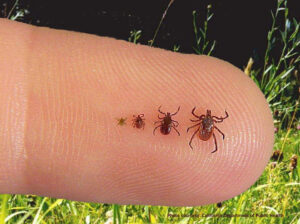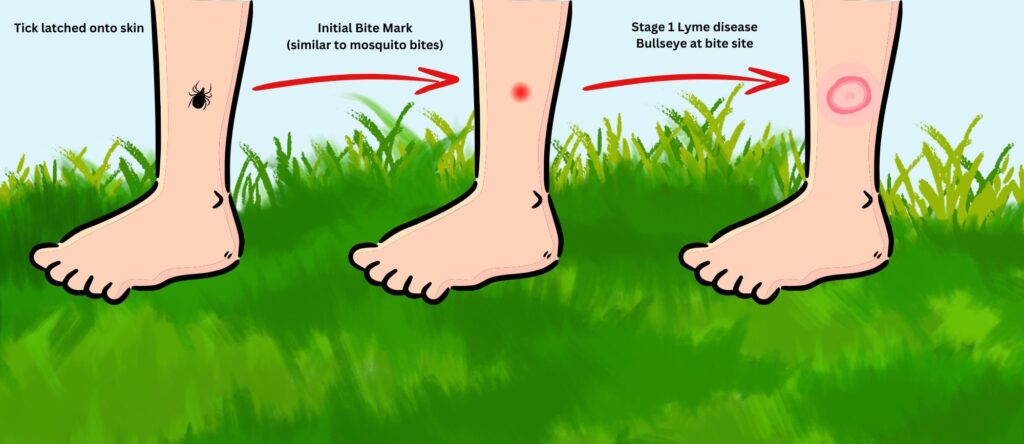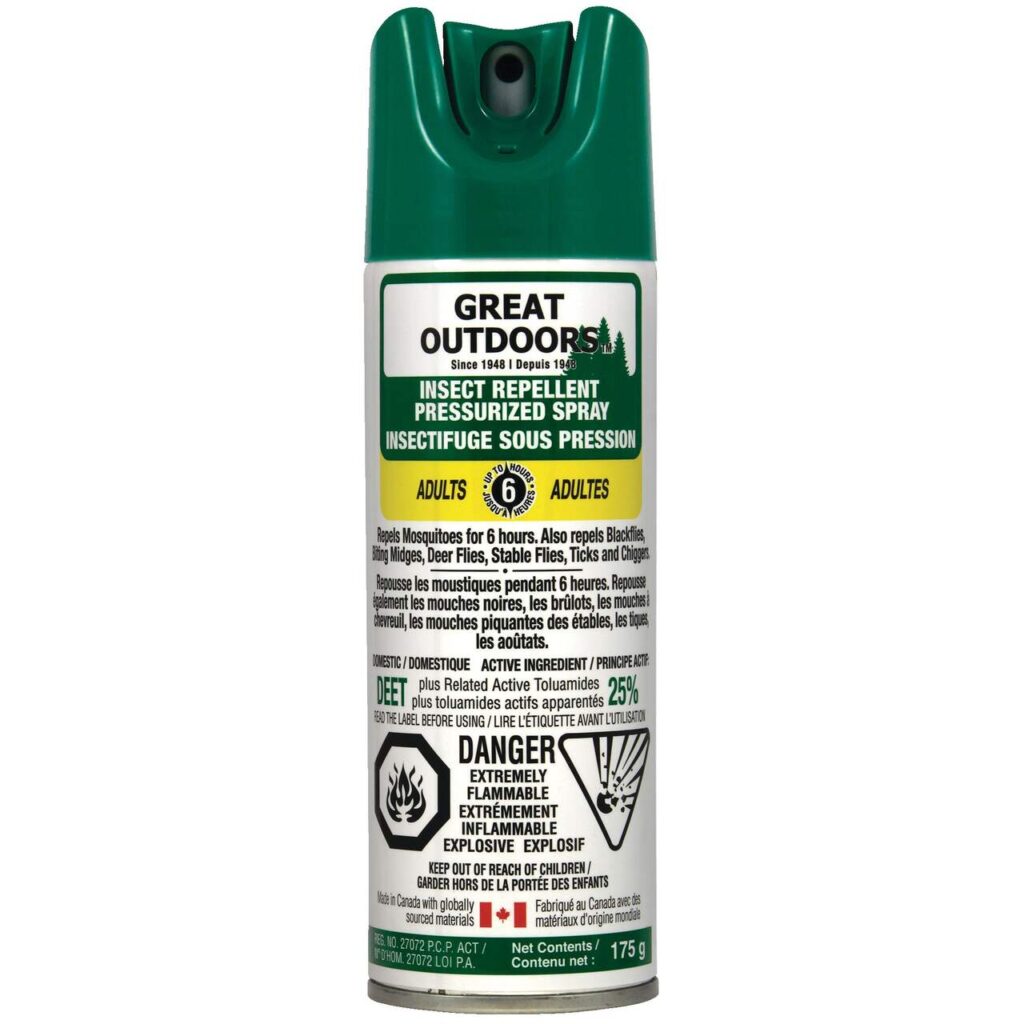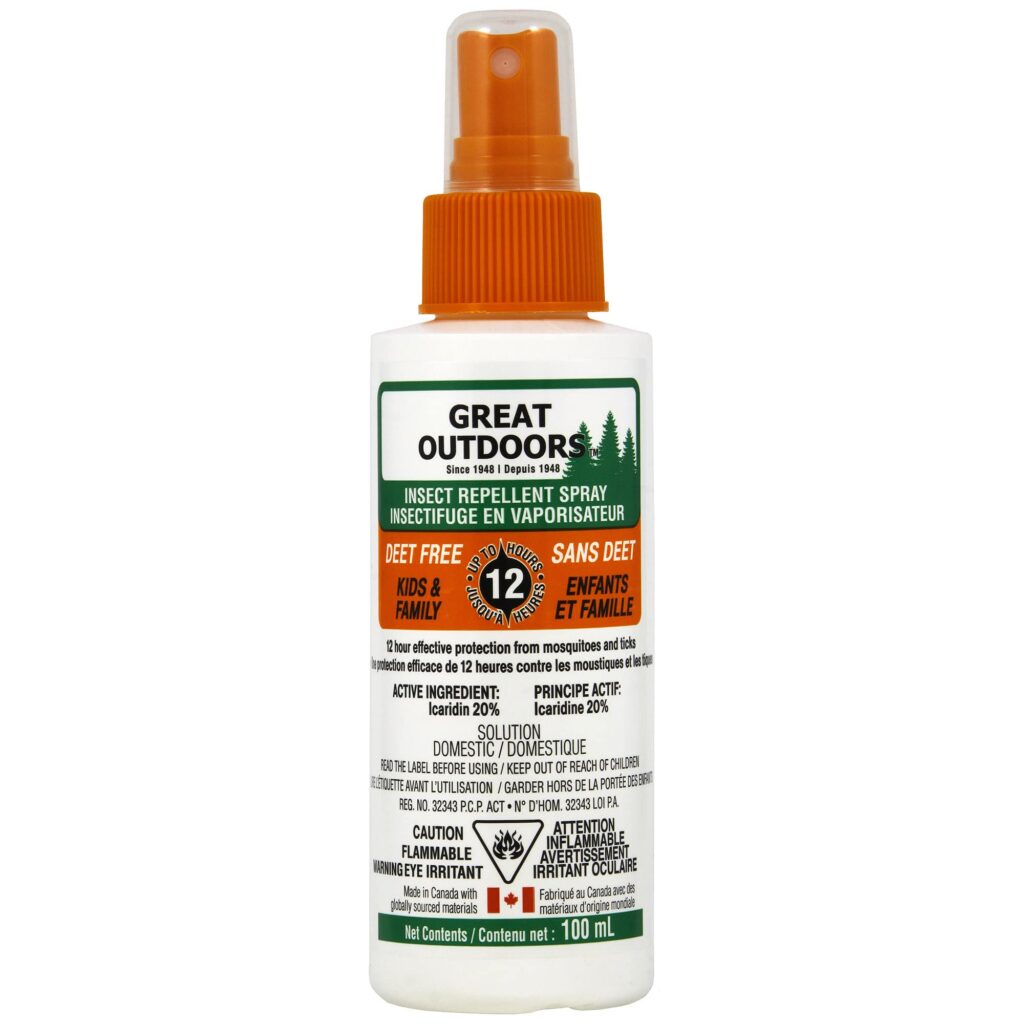What is Lyme Disease?
Lyme disease is a serious illness that is caused by infected black-leg tick bites. Blacklegged ticks are small in size and may be hard to see. They attach themselves to humans and animals and feed on their blood. They range in size depending on how long they have been feeding. These insects are most active during spring and summer seasons. These infected ticks carry bacteria which can be transmitted to individuals once the tick begins to feed on its host.

How do I Know if I Have Been Bitten by a Tic?
Tick bites can resemble many other bug bites and often cause some swelling, redness, and itchiness at the bite site. In many cases, the tick will remain attached to the person as it feeds on the blood – in which case, you may be able to visibly see the tick. In general, for Lyme disease to be transmitted from a tick to a person, the tick must remain attached for about 36 hours. However, other diseases can be transmitted within a few hours so it is important to recognise if you have been bitten by a tick.
I Have Been Bitten by a Tic, Now What?
If you notice that you have been bitten by a tick, it is important to treat the bite promptly to avoid acquiring a disease that the tick may harbor.
- Remove the Tick carefully – Use fine-tipped forceps or tweezers to grasp the tick as close to the skin as possible. Gently pull out the tick using a slow and steady upward motion. Avoid twisting or squeezing the tick. Do not handle the tick with bare hands. Do not use petroleum jelly, fingernail polish or a hot match to remove a tick.
For an illustration on how a tick should be removed please refer to the following video:

2. Secure the tick and take a picture. A picture of the tick and/or bring the tick with you to your doctor’s appointment. This can help your health care provider identify what type it is and whether you are at risk of a transmitted disease. Your provider may want to see the tick or a photo if you develop new symptoms.
Tip: You can trap the tick in a piece of tape.
3. Wash your hands and the bite site. Use warm water and soap, rubbing alcohol, or an iodine scrub.
What are the Signs and Symptoms of Lyme Disease?
As mentioned, tick bites can resemble many other bug bites (e.g., mosquito bites, spider bites, etc.) so it’s important to know the signs and symptoms of Lyme disease to be able to treat the disease early.
Once an individual is bitten by an infected tick, Lyme disease can take anywhere from 3-30 days to incubate/develop, and typically develops in stages.
Stage 1- A rash is a common sign of Lyme disease. But it doesn’t always happen. The rash is usually a single circle that slowly spreads from the site of the tick bite. It may become clear in the center and look like a target or bull’s-eye. The rash often feels warm to the touch, but it’s usually not painful or itchy.
Other stage 1 symptoms include:
- Fever.
- Headache.
- Extreme tiredness.
- Joint stiffness.
- Muscle aches and pains.
- Swollen lymph nodes.

Stage 2 – Without treatment, Lyme disease can get worse. These symptoms often show up within 3 to 10 weeks after a tick bite. Stage 2 is often more serious and widespread. It is called early disseminated disease.
Stage 2 may include the stage 1 symptoms and the following:
- Many rashes on other parts of the body.
- Neck pain or stiffness.
- Muscle weakness on one or both sides of the face.
- Immune-system activity in heart tissue that causes irregular heartbeats.
- Pain that starts from the back and hips and spreads to the legs.
- Pain, numbness or weakness in the hands or feet.
- Painful swelling in tissues of the eye or eyelid.
- Immune-system activity in eye nerves that causes pain or vision loss.

Stage 3 – This stage is called late disseminated disease and may include symptoms such from earlier stages with the addition more severe symptoms.
In North America, the most common condition of this stage is arthritis in large joints, which can be particularly noticeable in the knees. Pain, swelling or stiffness may last for a long time and the symptoms may come and go overtime. Stage 3 symptoms usually begin 2 to 12 months after a tick bite.
You can also be affected by lyme disease if you travel to other countries in which blacklegged ticks are located. These ticks can cause other Stage 3 symptoms as well. For example, in Europe, Lyme disease can cause a skin condition called acrodermatitis chronic atrophicans. In this condition, the skin on the backs of the hands and tops of the feet may get discolored and swell. It also may show up over the elbows and knees. More serious cases may cause damage to tissues or joints. This skin condition may show up many months to many years after a tick bite.
Diagnosis and Treatment
Your health care provider may diagnose you with Lyme disease depending on your signs, symptoms and risk factors. Laboratory testing is not always required to diagnose and treat Lyme disease infection. Most cases of Lyme disease can be treated successfully with antibiotics.
Antibiotics used to treat the early stages of Lyme disease (e.g., stage 1) are given orally and include:
- Doxycycline is given for 10 to 21 days
- amoxicillin is given for 14 to 21 days.
- cefuroxime is given for 14 to 21 days
For more severe cases in which multiple symptoms are present, antibiotics may be given through IV treatment.



How to Avoid Getting a Tick Bite
You might be at risk of tick bites if you live, work in, or visit a heavily wooded area, or an area with tall grass and bushes (including city gardens and parks). Additionally, being involved in outdoor activities, such as hiking, camping, gardening and more may lead to an increased risk of tick bites. Here are some ways you can reduce your chances of getting bit:
- Cover up. When in areas where ticks may be present wear:
- light-colored clothing, so it’s easier to see ticks
- closed-toed shoes
- long-sleeved shirts
- long pants, tucked into your socks
- special clothing designed to repel ticks
2. Use insect repellent.
- Use an insect repellent, or bug spray, that says “DEET” or “icaridin” on it. Put it on your clothes and exposed skin. Always read the label for directions before use.


3. Put clothes in the dryer. Kill any ticks that might be on your clothing by putting your clothes in a dryer on high heat for at least 10 minutes before washing them.
4. Check yourself, your children and your pets for ticks. After being outdoors, check for ticks on yourself and your children. Look:
- behind your knees
- on your head
- in your belly button
- in your groin area
- in your underarm area
- on the back of your body – use a mirror, or ask someone to check for you
It’s a good idea to take a shower as soon as possible to wash off any ticks.
Additionally, check your pet’s skin for any ticks and remove any if found. Ask your veterinarian for more options regarding keeping ticks off your pets.

5. Maintain your property:
- keeping grass mowed short
- trimming bushes and tree branches to let in sunlight (ticks avoid hot, dry locations)
- creating a border of gravel or woodchips one metre or wider around your yard if you’re next to a wooded area, or an area with tall grasses
- removing leaf litter, brush and weeds at the edge of the lawn and from stone walls and wood piles
- moving children’s swing sets, playground equipment and sandboxes away from wooded areas
- consider placing equipment on a woodchip or mulch foundation
Booking an Appointment
Grace Health Centre cares for you and your well-being. For your convenience, our doctors offer extensive appointment care coverage on weekdays and Saturdays. We offer in-person appointments, as well as telephone visits for when you are out of town.
Ensure to call our office first rather than visiting a local walk-in, and note that both yourself and your health care provider must be in Ontario for the visit to be covered under OHIP.
Disclaimer: This article is for informational purposes only and does not constitute medical advice. Always consult with a qualified healthcare professional for diagnosis and treatment.
*Disclaimer: The information in this blog post is for educational and informational purposes only and is not intended as medical advice. The products listed are provided as examples and are not affiliated with Grace Health Centre. Please consult a healthcare professional or dermatologist before trying any new products or treatments to ensure they’re suitable for your specific needs.

